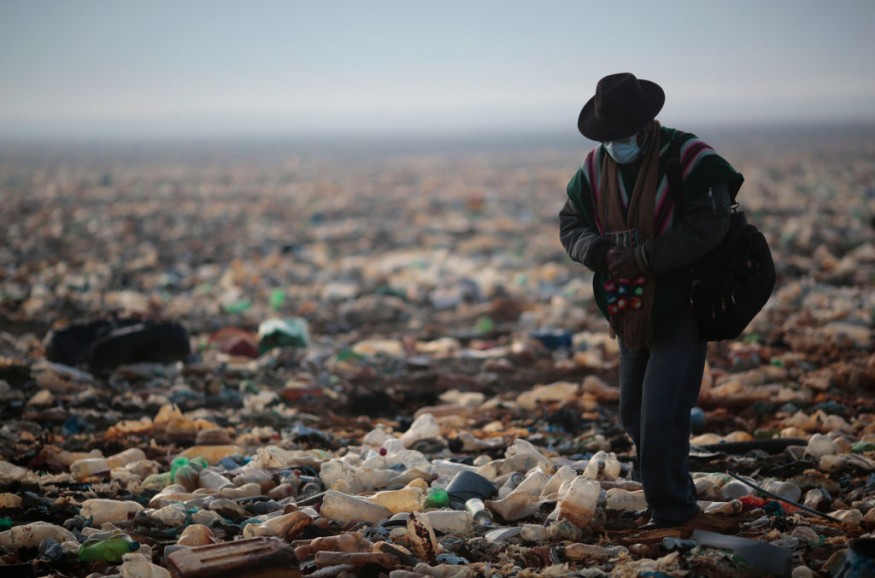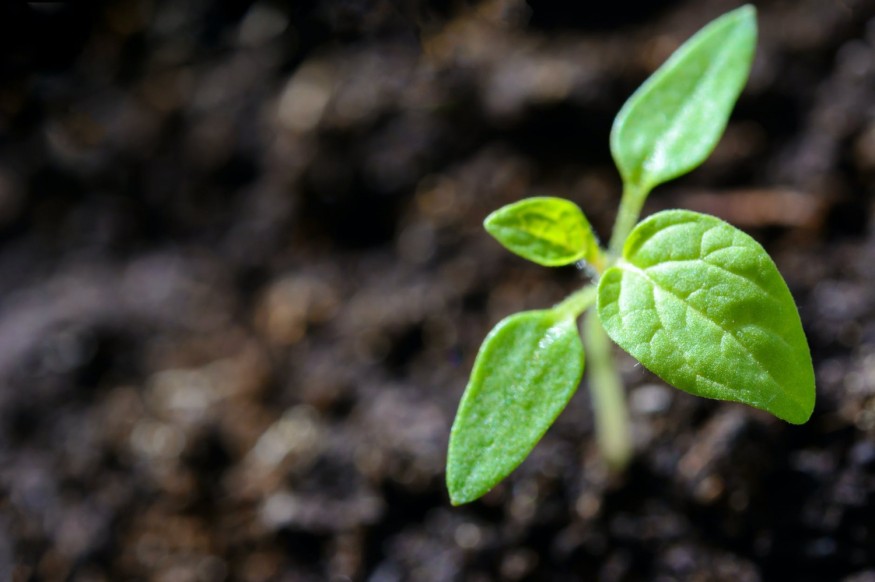Over the last century, plastics have taken the globe by storm, with applications in almost every facet of our lives. However, the growth of synthetic polymers, which are the building blocks of plastics, has resulted in a slew of major environmental problems.
The worst of these is the overuse of petrochemical compounds and the non-recycling of non-biodegradable materials; just 14% of all plastic trash is recycled, barely making a dent in the problem.

Addressing the Global Plastic Problem
To address the plastic problem, there is a need to create "circular" systems in which the raw materials used to make plastics are recycled and returned to the source. A group of scientists from the Tokyo Institute of Technology, coordinated by Assistant Professor Daisuke Aoki and Professor Hideyuki Otsuka, developed a revolutionary concept.
Plastics made from biomass (bioplastics) are chemically regenerated into fertilizers in their new ecologically friendly method. This discovery will be published in Green Chemistry, a Royal Society of Chemistry journal dedicated to cutting-edge research on sustainable and environmentally friendly technology.
Related Article : Inspired by Natural Cycles, Scientists are Developing a New Method of Recycling Plastics
Studying "Bio" Polycarbonates
The researchers focused on poly (isosorbide carbonate), or "PIC," a bio-based polycarbonate that has received much interest as a potential replacement for petroleum-based polycarbonates. Isosorbide (ISB), a non-toxic substance generated from glucose, is used as a monomer in the production of PIC.
The fascinating component is that ammonia (NH3) may be used to break the carbonate connections that connect the ISB units in a process known as 'ammonolysis.' Urea, a nitrogen-rich chemical that is commonly utilized as a fertilizer, is produced in this process
Although this chemical reaction is well-known, few investigations on polymer degradation have concentrated on the possible applications of all breakdown products rather than just the monomers.
First, the researchers looked at how to complete ammonolysis of PIC could be carried out in the water at low temperatures (30°C and atmospheric pressure). This choice was made to avoid using organic solvents and wasting much energy.
Next, the researchers used nuclear magnetic resonance spectroscopy, Fourier transforms infrared spectroscopy, and gel permeation chromatography to examine the reaction products thoroughly.
PIC Breakdown
Even after 24 hours, the breakdown of PIC was not complete, with several ISB derivatives remaining present, although they were able to create Urea in this manner. As a result, the researchers increased the temperature and discovered that at 90°C, total disintegration could be achieved in roughly six hours!
Dr. Aoki emphasizes the advantages of this method, "The reaction happens without the use of a catalyst, suggesting that ammonolysis of PIC may be accomplished quickly and easily using aqueous ammonia and heat. As a result, this process is both simple to use and ecologically benign in terms of chemical recycling."
Plant Growth Studies

Lastly, the scientists conducted plant growth studies with Arabidopsis thaliana, a model organism, as a proof of concept that all PIC breakdown products may be directly employed as fertilizer. According to the researchers, plants treated with all PIC breakdown products grew better than plants treated alone with Urea.
The overall findings of this study demonstrate that building fertilizer-from-plastics systems are feasible. Not only can the systems aid in the battle against pollution and resource depletion, but they can also assist in fulfilling the world's growing food demand.
Dr. Aoki ends on a positive note, saying, "We are certain that our study will pave the way for the development of sustainable and recyclable polymer materials in the not-too-distant future. The era of "bread made of plastics" is approaching!"
For more environmental news, don't forget to follow Nature World News!
© 2025 NatureWorldNews.com All rights reserved. Do not reproduce without permission.





